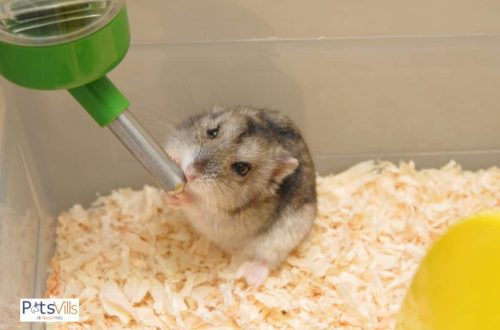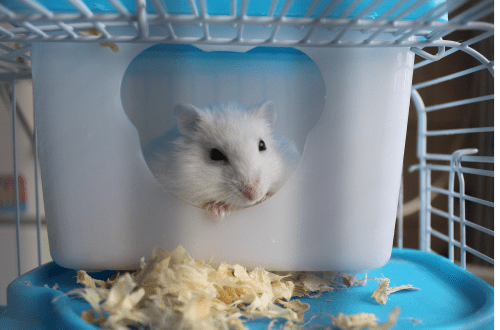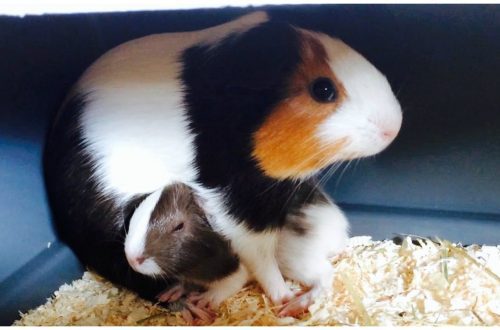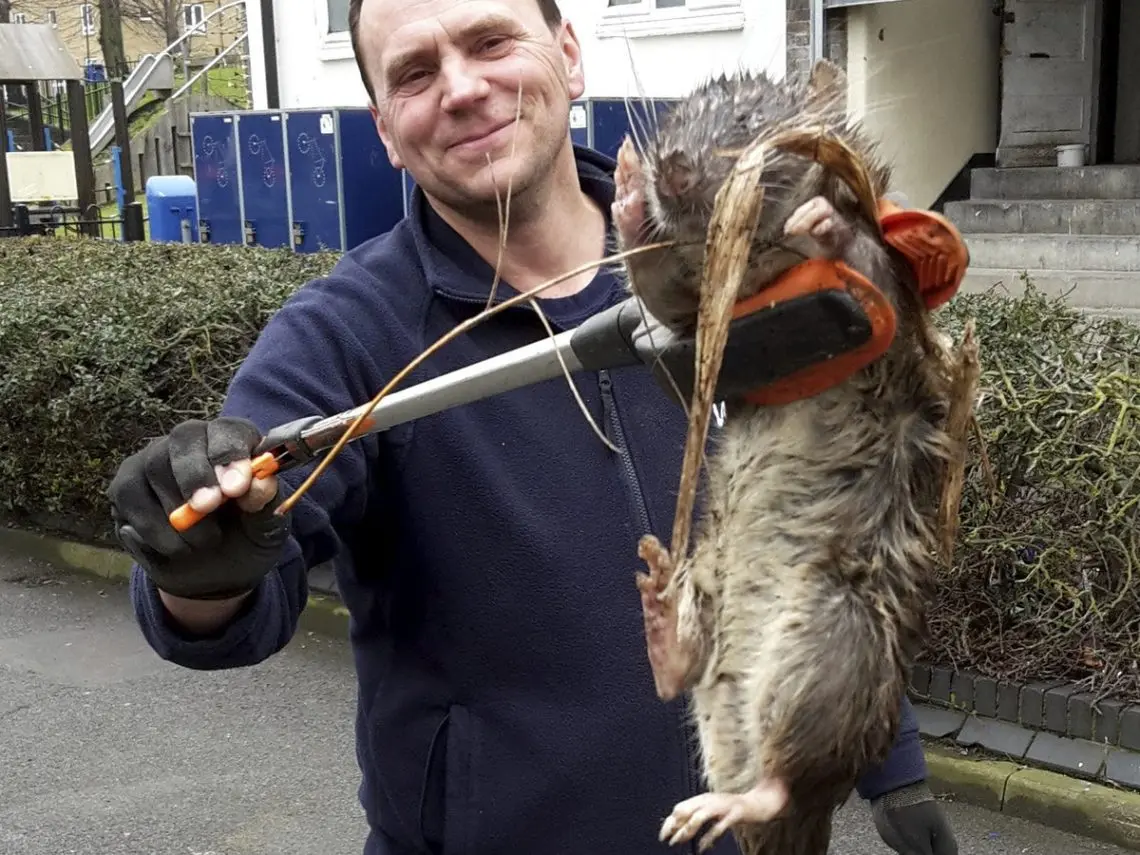
The biggest rat in the world: photos of giant and rare individuals
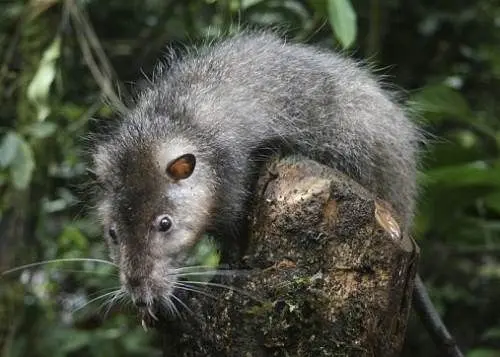
Rats are the oldest mammals distributed throughout the planet. An interesting fact is that most people do not have a neutral attitude towards these smartest animals. Rat breeders, tenderly loving their little fluffy pets, begin to respect their wild relatives as well. But for the bulk of people, the mere mention of rats causes disgust and disgust.
The negative is warmed up by feature films and fantastic works about big rats with bright eyes burning in the dark and orange teeth. Following cultural figures, people actively retell each other chilling stories from real life about bloodthirsty giants attacking a person. But not everything is so scary. Wild giant breeds of rats are actually extremely peaceful and calm little animals that are not able to offend even a small child.
Contents
The biggest rat in the world
Many people with frightened eyes tell stories that the largest rats on earth can be the size of a cat, and … are deeply mistaken. Wild large rodents recently caught on the island of Papua in New Guinea are almost 4 times larger than meowing mammals !!! An absolutely new animal, which still does not have an official scientific name, lives in the crater of the inactive Bosavi volcano.
The most interesting thing is that the largest rat on the planet was discovered in 2009 during the filming of the BBC channel, when a rodent of unprecedented size accidentally fell into the camera lens. The gray animal was caught in order to make body measurements and weighing, the animal had a size of 82 cm with a body weight of 1,5 kg. The tail of a wild rodent alone was 30 cm long, which is 2 times the size of the body of domestic ornamental rats.
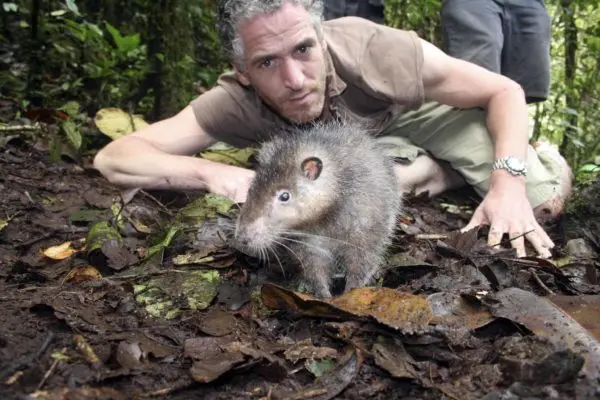
In addition to impressive volumes and body weight, a large rodent is no different from ordinary gray rats, common throughout the planet. The new mammal was named the woolly rat Bosavi before it was given the appropriate name after a detailed study of the physiological and anatomical features of this species.
Nevertheless, a very large rodent still has a distinctive character trait. Despite its frightening appearance, the Bosavi rat is absolutely not aggressive and even peaceful, so it cannot be the hero of horror films about bloodthirsty gray mutants.
Although among the inhabitants of the capital there are legends about huge Indonesian rats living in the Moscow metro. This is just another myth, consisting of information about the discovery of a giant rodent in New Guinea and the wild imagination of the narrators.
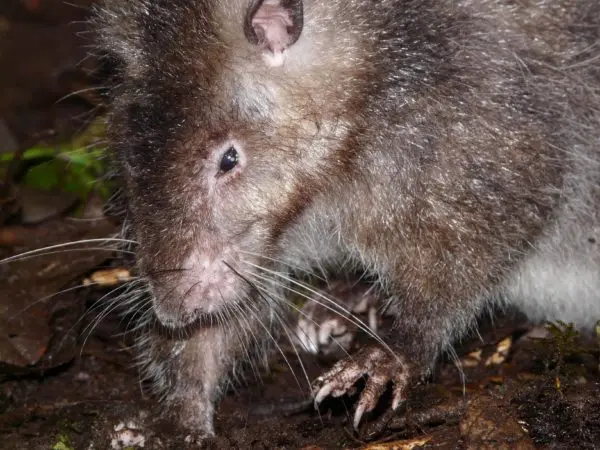
Woolly rat Bosavi is officially recognized as a rodent with a maximum body size. Although just a thousand years ago, perhaps the palm would have been given to another type of giant pasyukov. Recently, during excavations in southeast Asia, archaeologists discovered the remains of ancient rats, reaching a length of almost 1,5 m with a possible weight of 6 kg!!! Such giant individuals, apparently, are described by science fiction writers in stories about mutant rats.
The biggest rats in Russia
It is very far from Russia to New Guinea, but for some reason Moscow subway drivers love to retell scary stories about huge rats the size of a large dog living in underground tunnels. These gray monsters have burning green or red eyes, are characterized by increased aggressiveness and complete immunity to all known poisons.

The chilling ones are far from reality, since in Russia the largest gray rats, when measured from the nose to the tip of the tail, have a length of no more than 40 cm, and they sat down to measure to the base of the tail – even 25 cm. Therefore, all the stories about huge monster rats in Russia just a fantasy.
Gray rats weigh about 400 g, they live in sewers, basements, basement floors, eating leftover food in city dumps. Pasyuks can live in burrows along the banks of lakes and rivers in warm weather, invading human dwellings in winter in search of food. Predatory rodents can eat any kind of food, both animal and plant origin. The invasion of gray rats scares most people because of damage to property, aggression towards humans and dangerous infectious diseases that are carried by pasyuki.
The closest relative of gray pasyukov are black rats living in Russian dry cellars and attics. Black animals are much smaller than their counterparts and have a body length of 22 cm and a weight of 300 g. Neither black nor gray pasyuki can reach the size of a cat, and even more so a dog, therefore, it is easy to relate to stories about hordes of monster rats in Russia. irony.
Domestic rats have been bred under sterile laboratory conditions and have become very popular pets. Small rodents, unlike their wild relatives, are human-oriented and have a strong attachment to the owner. Decorative rats have a developed mind, a sense of humor, the ability to empathize and laugh.
Decorative pets, depending on the breed and gender, reach a size of 18-20 cm with a weight of 300-350 g. Of course, sometimes amateur rat breeders show off photographs of large domestic rats weighing about 500 g, but these records are the result of banal obesity against the background of overfeeding and lack of regular physical activity.
Large closest relatives of rats
On planet Earth, there are many wild rodents that look like pasyukov. Of course, fans of horror stories often photograph relatives of rats to confirm tales of aggressive gray mutants, but these mammals have nothing to do with the genus Rattus.
Giant marsupial rat
The giant marsupial or Gambian rat lives in Africa, a large rodent grows up to 90 cm in length, having a body weight of up to 1,5 kg. In appearance, the smartest mammal, indeed, resembles a huge gray pasyuk, but is a close relative not of rats, but of mice.
In addition, the marsupial rat in no way refers to the marsupial animals that have a bag for carrying newborns. Cubs of a huge rodent are born ready for life in the external environment and live with their mother in the nest.
The name “marsupials” was given to large African animals for large cheek pouches in which Gambian rats carry food like hamsters.
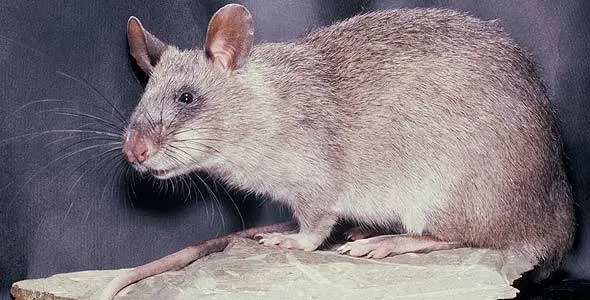
The giant rodent, like pasyuki, is an omnivore, using fruits, vegetables, termites and snails for food. Unlike rats, the African mammal suffers from poor eyesight, which is more than compensated by a very developed sense of smell. This feature of the African rodent is successfully used by the Belgian organization ARORO, which trains intelligent animals in search skills for detecting tuberculosis and anti-personnel mines. Thanks to its high intelligence and peaceful nature, the giant marsupial rat has even become a pet in southern countries.
Large cane rat
Another large rodent that lives along the shores of African reservoirs. The favorite habitat of the big cane rat is bushes near rivers and lakes, swampy places, cultivated plantations and human settlements. The fluffy mammal has a very dense physique, with a growth of 60 cm, it reaches a weight of up to 9 kg. The local population successfully hunts cane rats, using animal meat for food.
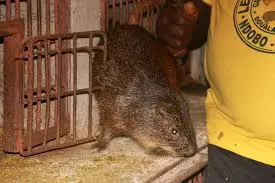
A well-fed rodent swims very well, often spending most of its time in the water. Unlike omnivores, cane rats are purely herbivores, feeding on sugar cane, corn, pumpkin, yams, and elephant grass. Attacks by numerous flocks of large rodents cause serious damage to agriculture, so African farmers use pest-eating pythons and mongooses to protect their fields.
Big Bamboo Rat
Large fluffy rodent living in southern China, northern Burma and Thailand. A large animal grows up to 50 cm and has a body weight of up to 4 kg. The main habitat of a large mammal is burrows and long underground passages that rodents dig with their powerful claws. The animal feeds on plant foods: the roots and stems of bamboo, as well as the fruits of tropical trees.
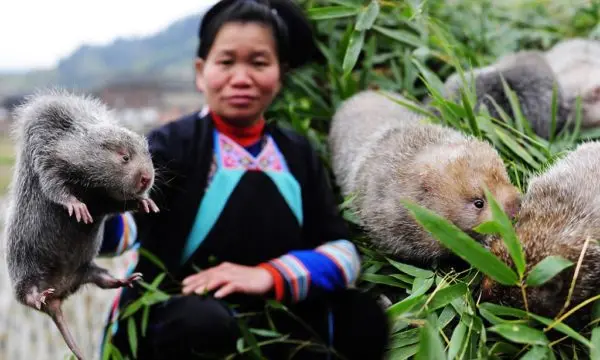
A large bamboo rat has become the star of Internet videos after a Chinese resident caught a huge individual of this species weighing 11 kg !!! But, unfortunately, this record was not recorded anywhere, and remained only in the form of an impressive picture of a short Chinese man with a giant gray rodent in his hands.
Capybara
The capybara or capybara is rightfully considered the largest rodent on the planet. Animals have a body length of 1-1,4 m with a weight of up to 65 kg. Outwardly, the capybara resembles a huge, well-fed guinea pig, but not a rat, so it is extremely difficult to mistake a waterfowl for a huge pasyuk. The mammal, unlike rats, has a large rounded head with a blunt muzzle, a massive overweight body with short legs with swimming membranes.

The capybara lives exclusively in countries with a warm climate: Argentina, Venezuela, Brazil, Colombia, Peru, Uruguay. Capybaras choose the banks of large rivers for their dwelling, but with a lack of food, animals move overland over long distances. For food, rodents use only plant foods. Due to their large size and tasty meat, reminiscent of pork, capybaras are bred on farms in Venezuela. The skin of a mammal is used for the manufacture of leather goods, the fat is used in the pharmaceutical industry.
Nutria
The coypu is called the water rat for its bright orange fangs, like those of the gray coypu, but the coypu or otter is again not related to rats. The rodent grows up to 60 cm with a weight of 5 to 12 kg. Unlike rats, the nutria has specific anatomical features due to its semi-aquatic lifestyle: swimming membranes on the hind limbs and a rounded hard tail used as a rudder.
A huge rodent lives in ponds with stagnant water, located along the banks of rivers, lakes and swamps. For food, the mammal eats reeds, water lilies and water chestnuts, but with a lack of food, it will not refuse leeches or mollusks.

Nutria is bred in fur farms to obtain valuable warm fur and meat. Recently, furry animals have been started as pets.
With a very big stretch, beavers, raccoons, mongooses and all other furry mammals can be attributed to rats, there would be a desire. But we repeat once again, these animals are not even distant relatives of pasyuks at all. Therefore, the widespread tales of huge gray mutants with burning eyes attacking people are just a figment of human imagination. Rats have nothing to do with it.
Video: mutant rats in the subway
The biggest rats in the world
3.4 (68.89%) 9 votes



